Complexity In Physics And Technology
A system is loosely defined as complex if it is composed of a large number of elements, interacting with each other, and the emergent global dynamics is qualitatively different from the dynamics of each one of the parts. The global dynamics may be either ordered or chaotic and among the most interesting emergent global properties are those of learning and adaptation.Complex systems, in the above sense, appear in many fields ranging from physics and technology to life and social sciences. Research in complex systems involves therefore a wide range of topics, studied in seemingly disparate fields. This calls for some effort to develop general principles and a common language so that tools developed in one field may be put to use in other fields.By collecting a few surveys of complex systems studies in physics and in technology and emphasizing their common mechanisms and interrelationships, this book attempts to contribute to the development of a common language in the sciences of complexity.Topics covered include: Integrated design in aeronautics; time and space decomposition of complex structures; complexity in electrical power networks; earthquake behaviour of structures; signal processing; fiability; use of unstable orbits in astrodynamics; dynamics of coupled oscillators; fuzziness; dark and bright solitons; neural networks; chaos and parametric perturbations; chaotic fluid dynamics; early vision and image restoration; stochastic processes in automated production lines.
{{comment.content}}
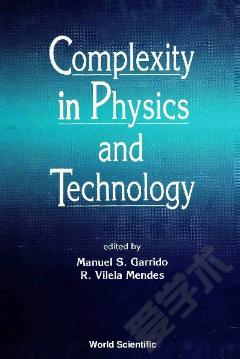
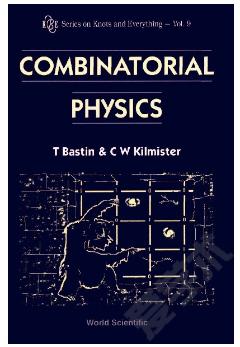
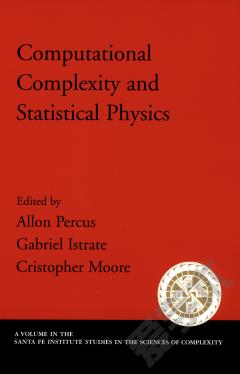

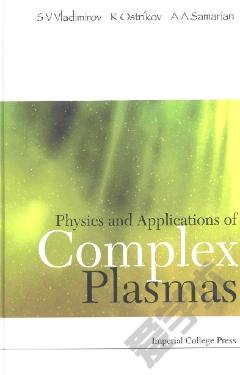

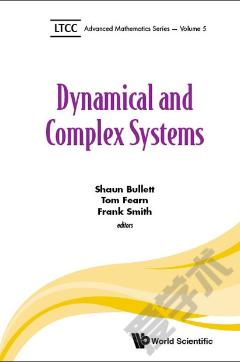

 京公网安备 11010802027623号
京公网安备 11010802027623号